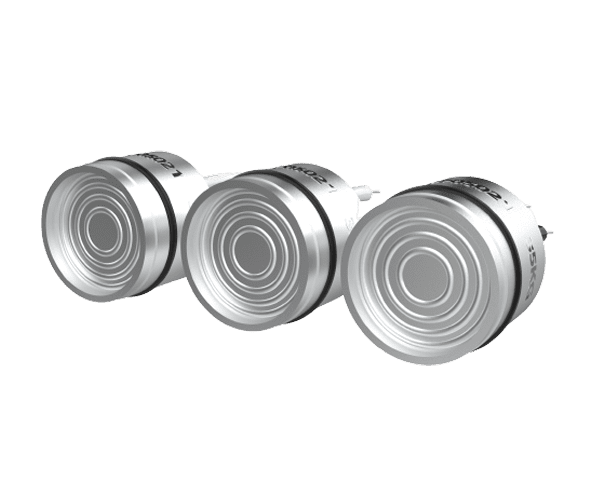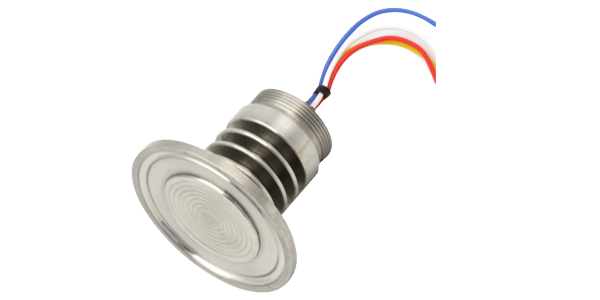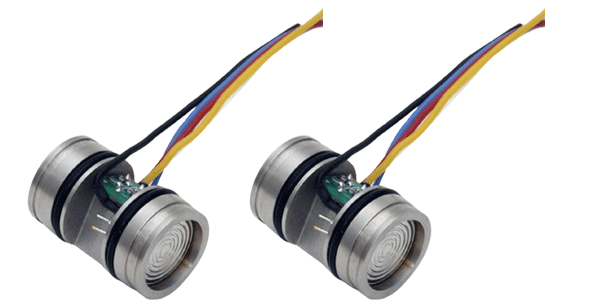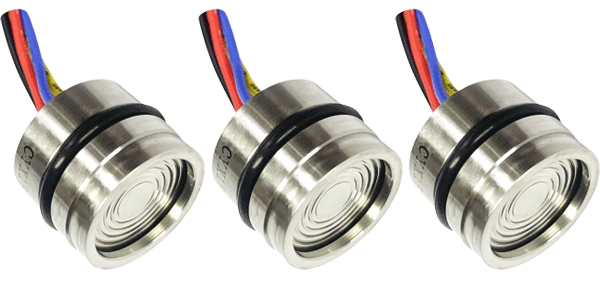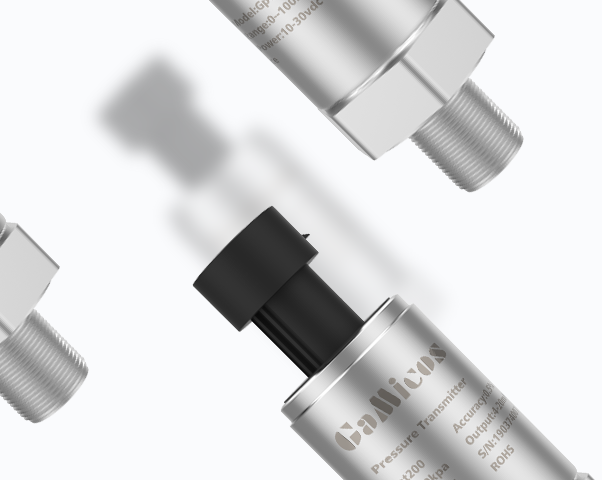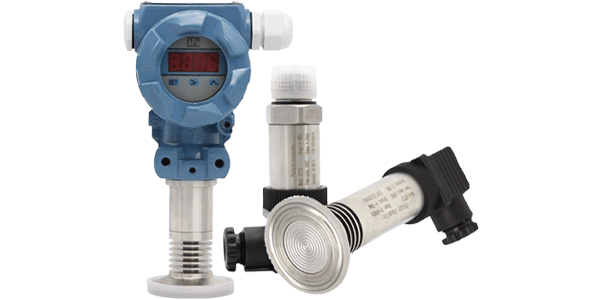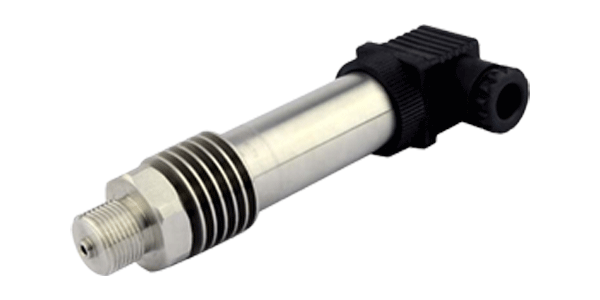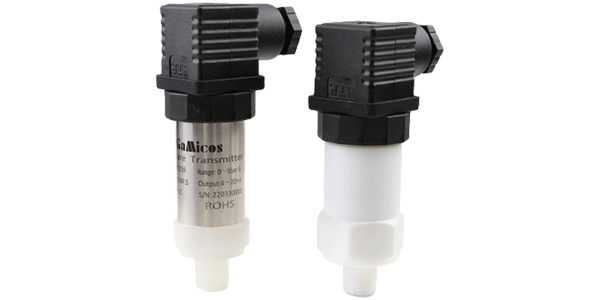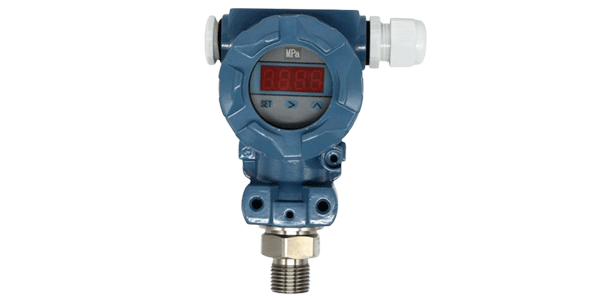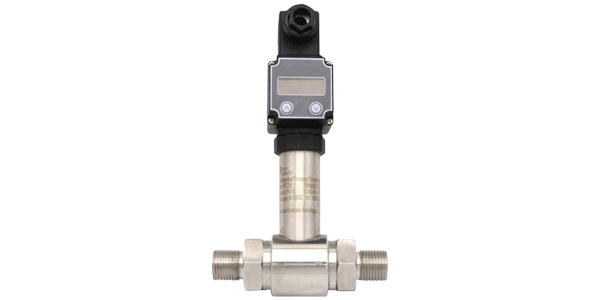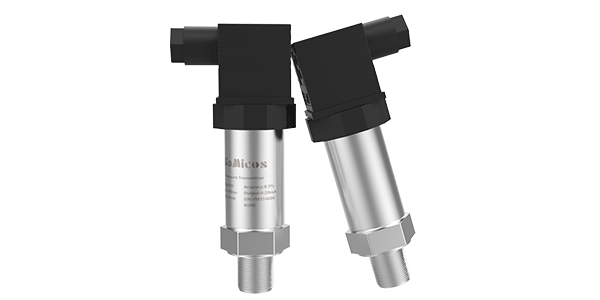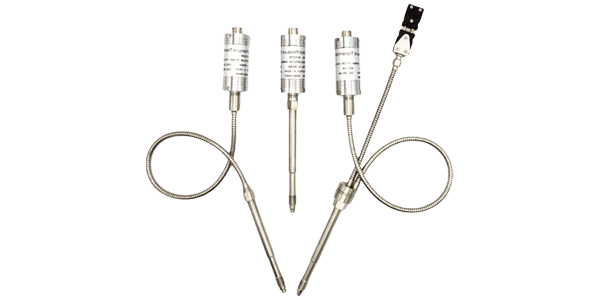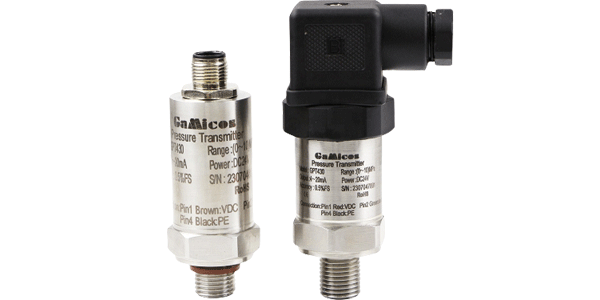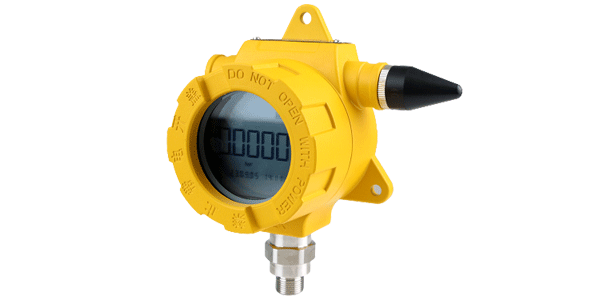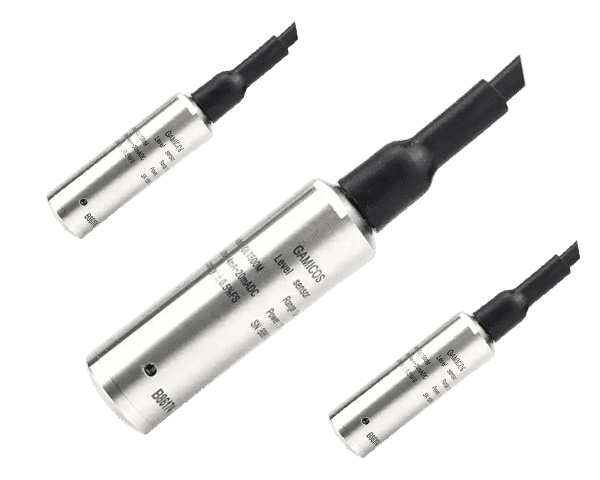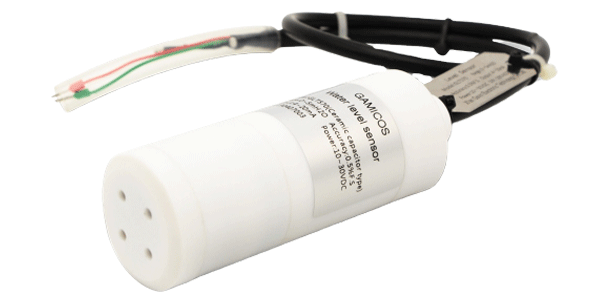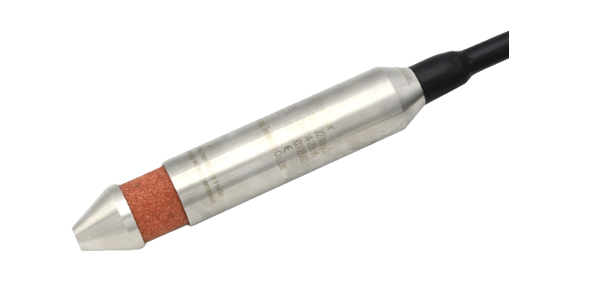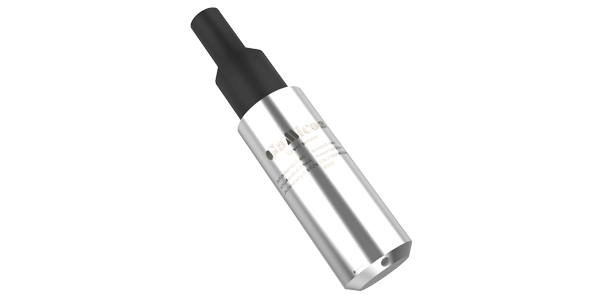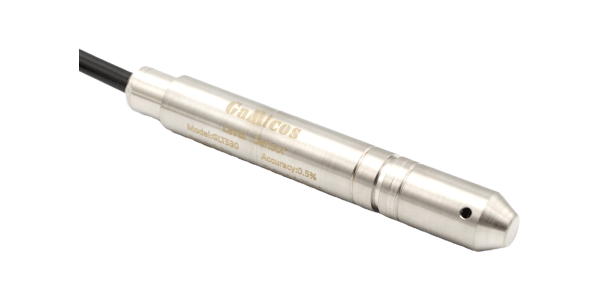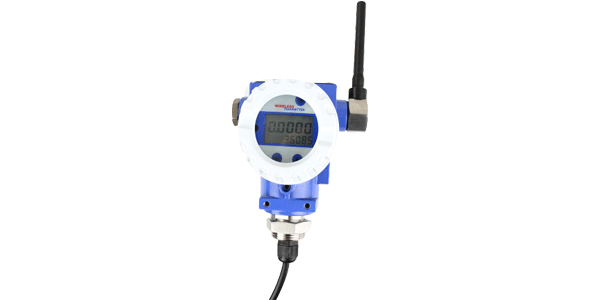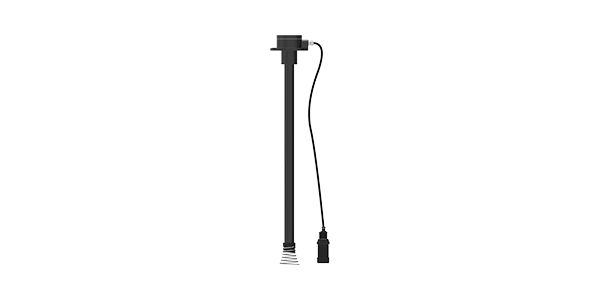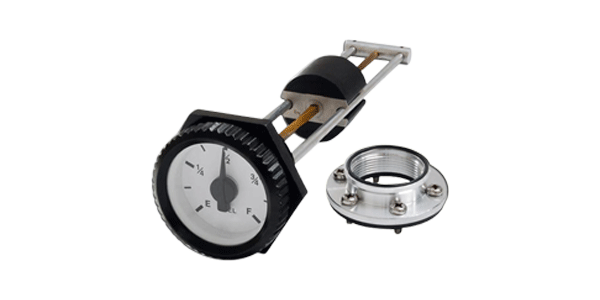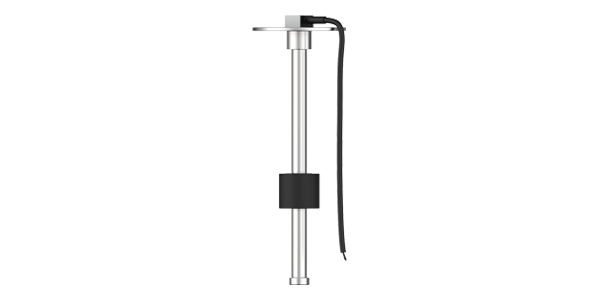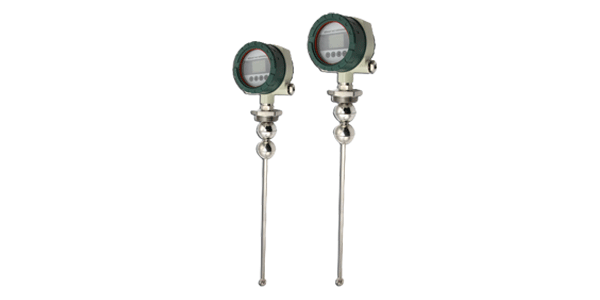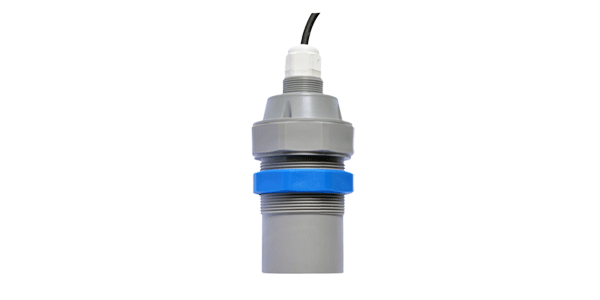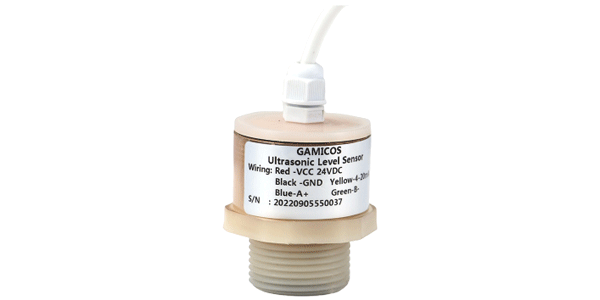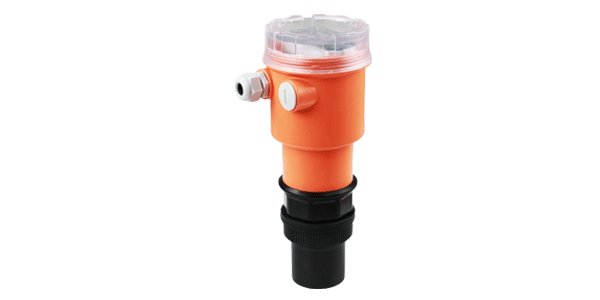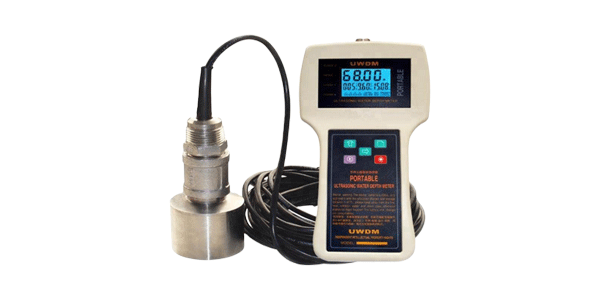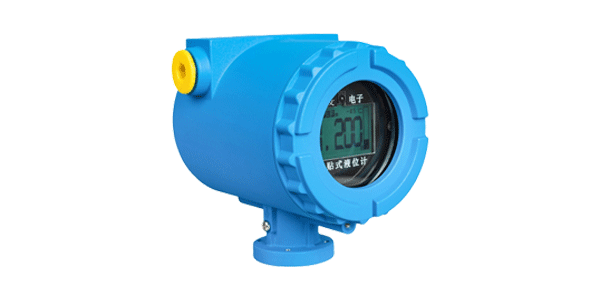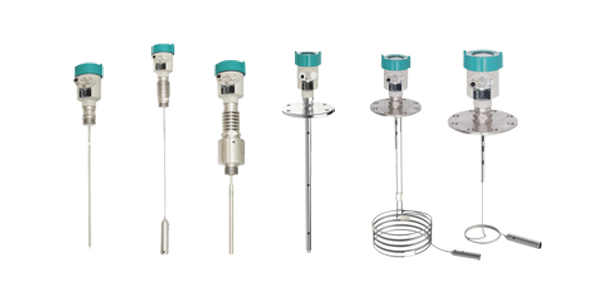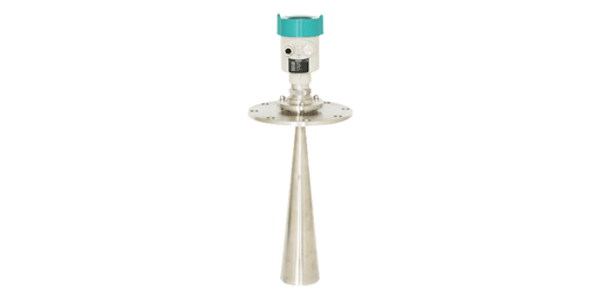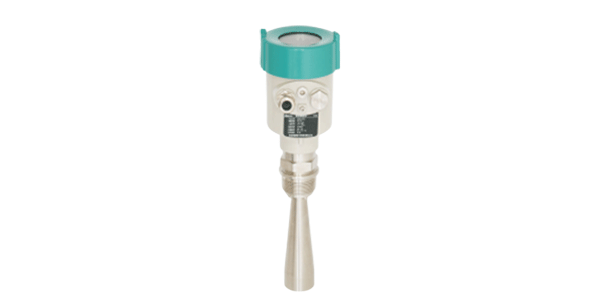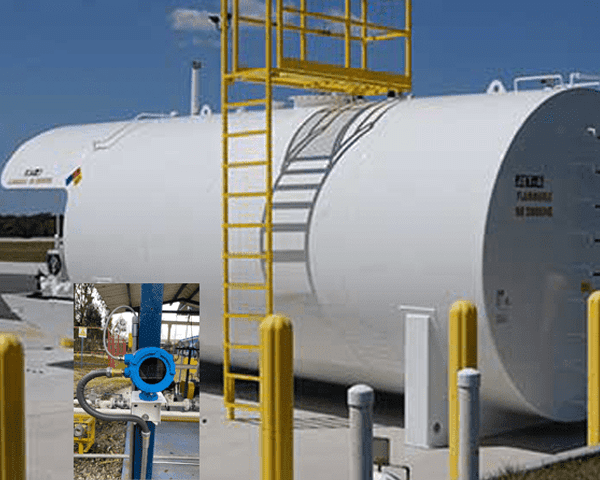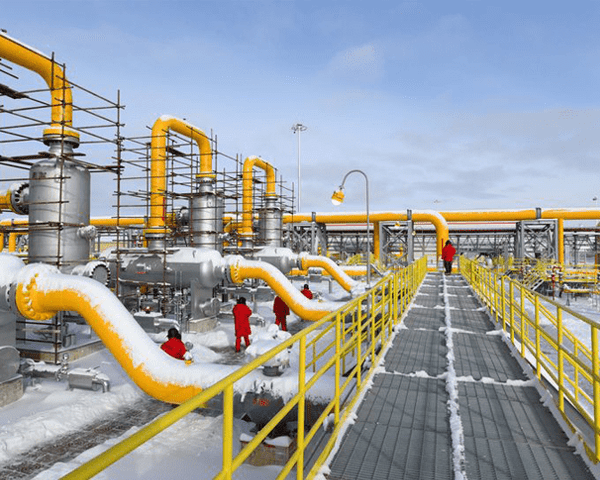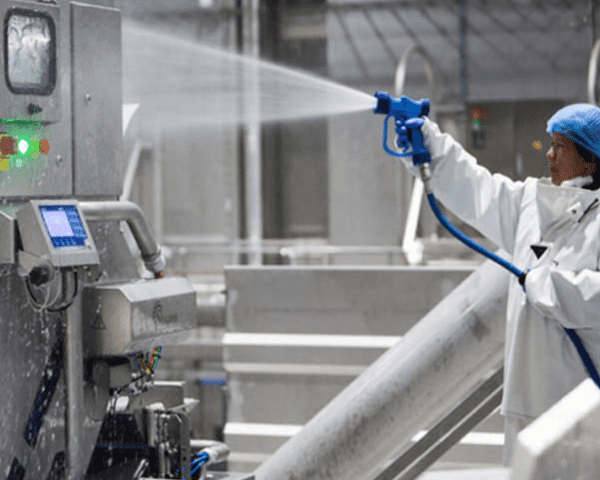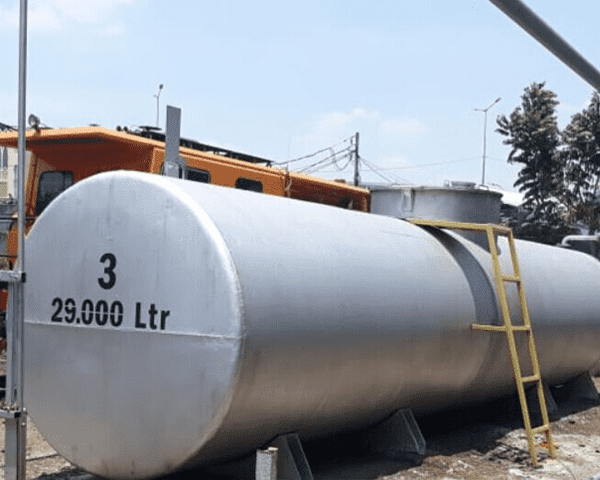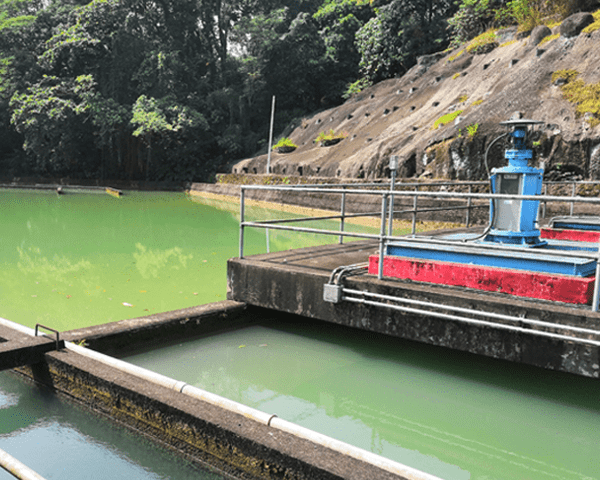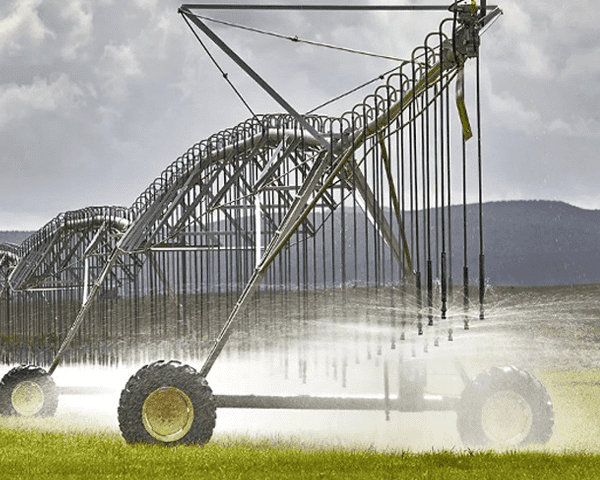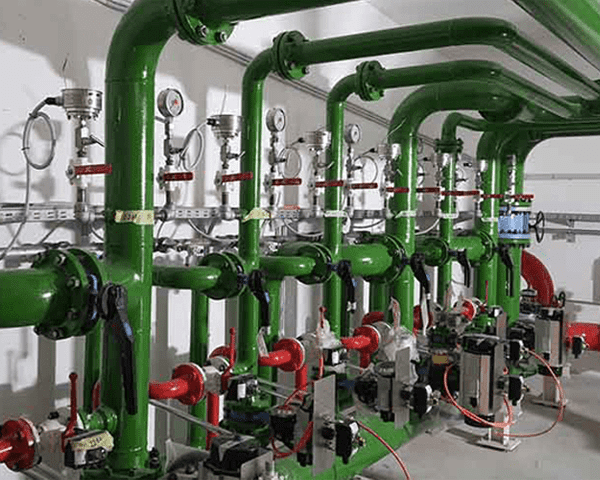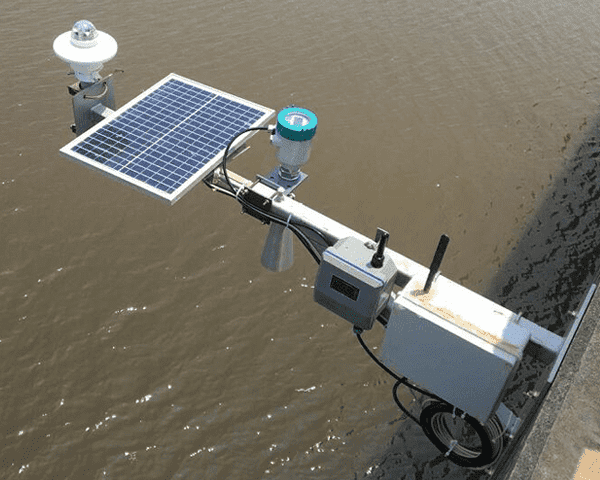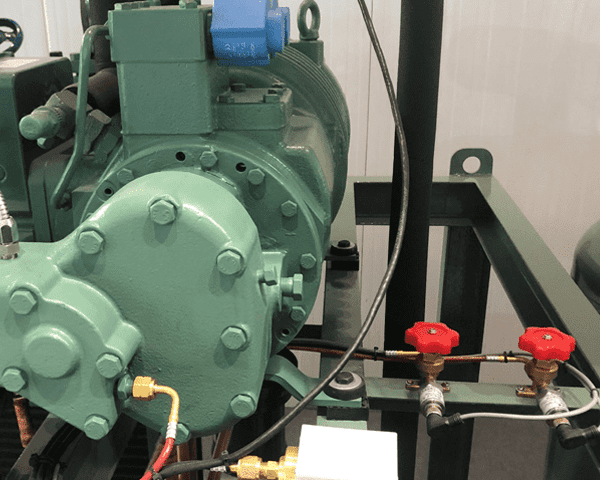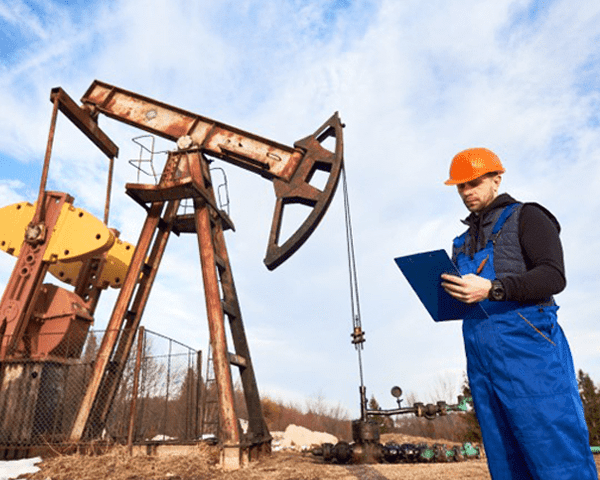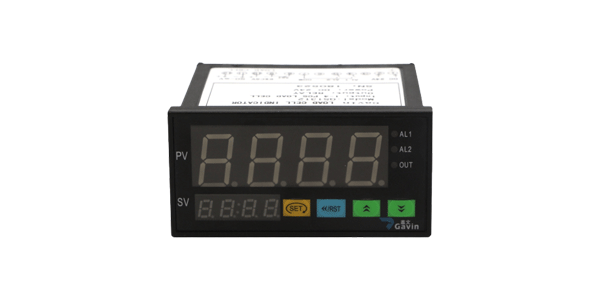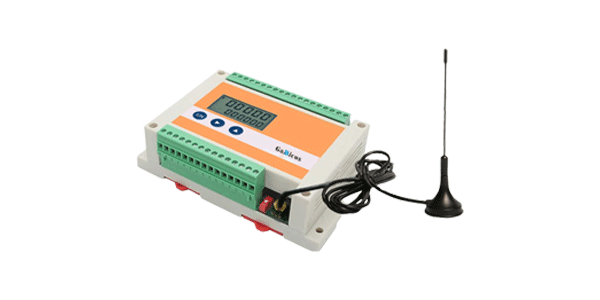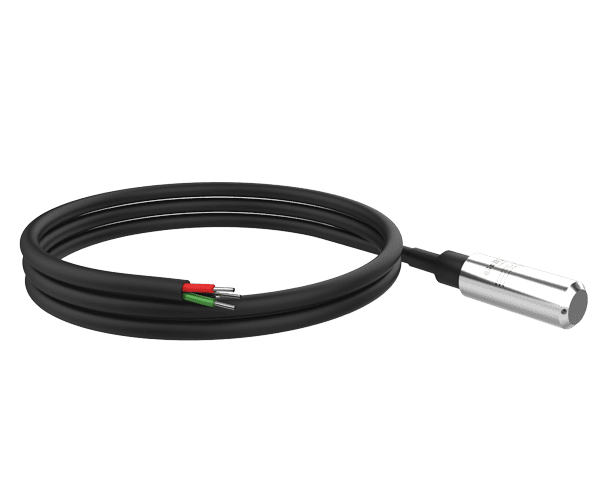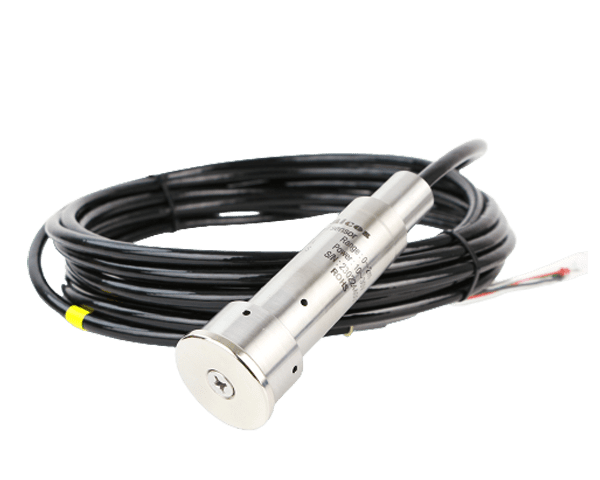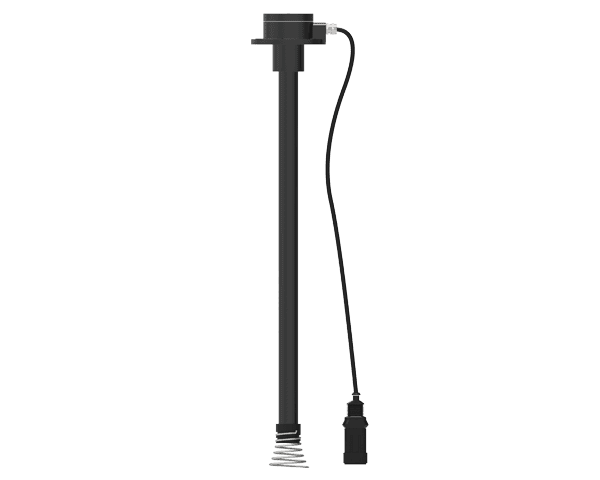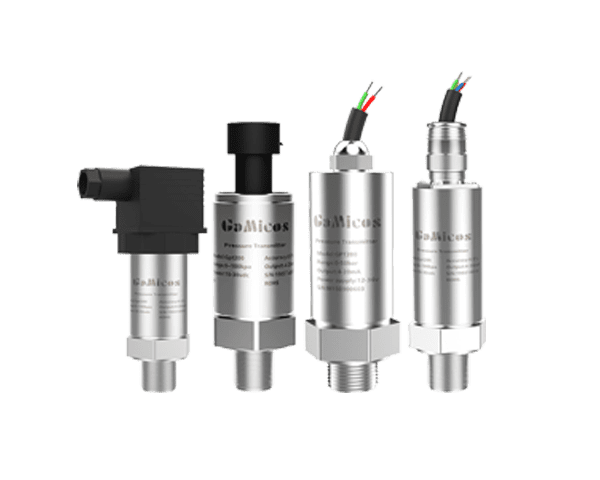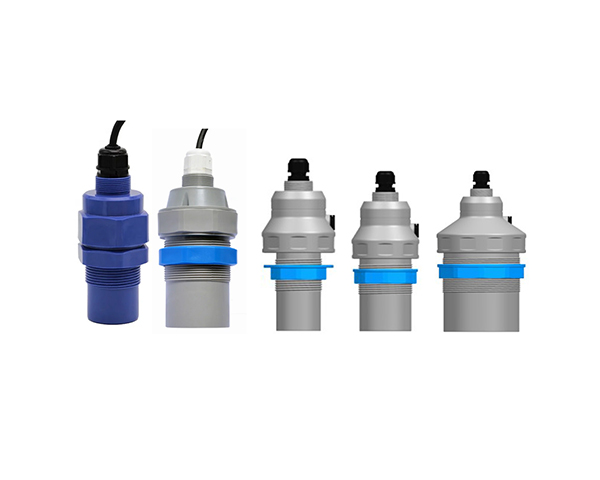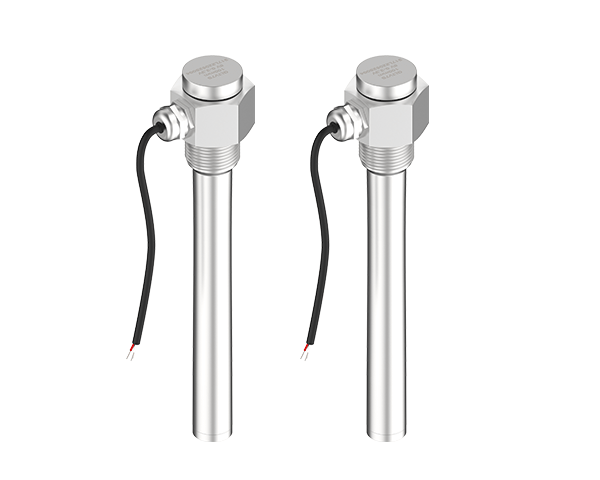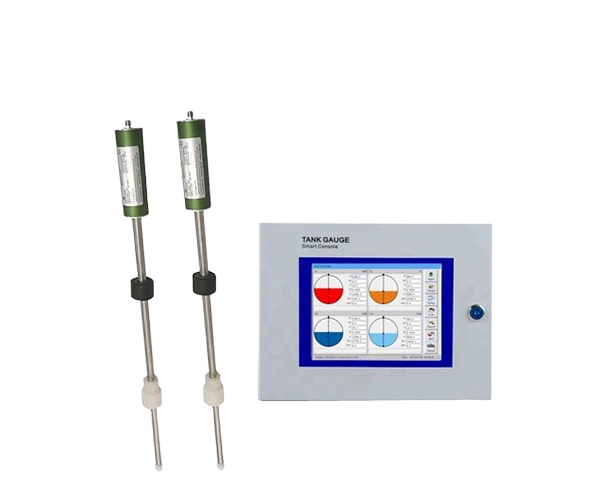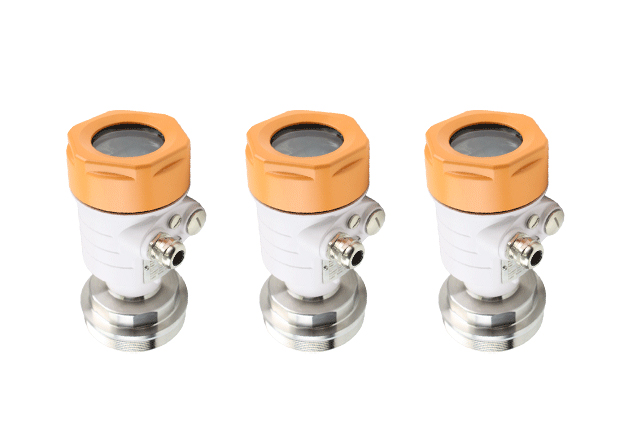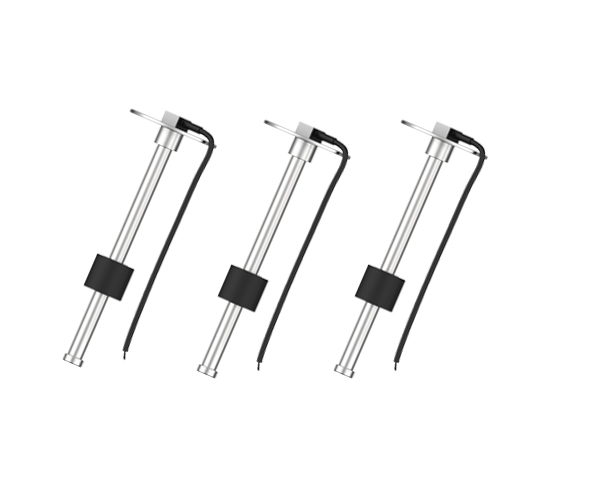Pressure sensor is a necessary device in industrial production and manufacturing, but how much do you know about the pressure sensor? This article, I will show you 11 points to help you better understand the pressure sensor.
What is a pressure sensor?
Pressure sensor is a device that can sense the pressure. It can convert the pressure signal into the electrical signal and then outputs the corresponding pressure value with the help of a backend display instrument. It is widely used in some industrial applications such as HVAC, process control, water supply, pipeline pressure monitoring, which grealty improves the efficiency of industrial production and ensures safety in industrial manufacturing.
Working principle of pressure sensor
According to different working principles, pressure sensors can be divided into piezoresistive, piezoelectric, capacitive, resonant pressure sensors.
Piezoresistive pressure sensor
Piezoresistive pressure sensor measures pressure by adopting the Piezoresistive Effect Principle. There are four resistors on the sensor chip, and when the pressure acts on the sensor diaphragm, the deformation occurs, the resistance values of the four resistors vary and form a Wheatstone bridge. Through a signal processing circuit, the pressure change is converted to signal change.
Piezoelectric pressure sensor
There is an essential difference between the working principles of piezoelectric pressure sensors and piezoresistive pressure sensors. Piezoelectric sensors use the Piezoelectric Effect. When pressure acts on the diaphragm, the internal material will form an electric charge proportional to the pressure. The sensitive element of a piezoelectric pressure sensor generally contains materials such as quartz, lead zirconate titanate (PZT) or piezoelectric polymers (such as PVDF). Compared with piezoresistive pressure sensors, piezoresistive pressure sensors are more expensive due to the price of their crystal materials.
Capacitive pressure sensor
Capacitive pressure sensors use changes in capacitance to monitor changes in pressure. Capacitors are the sensitive elements of pressure sensors. When pressure acts on the sensor diaphragm, the capacitance between the film and the fixed electrode changes, and an electrical signal that is related to the voltage is derived through the measurement circuit.
Resonant pressure sensor
Resonant pressure sensor is a device that uses a resonant element to convert pressure signals into electrical signals. It is mainly divided into vibrating string type, vibrating cylinder type, diaphragm type and quartz crystal resonant type.
Types of pressure measurement
Gauge pressure
Gauge pressure, also known as relative pressure, refers to the pressure that is higher than atmospheric pressure based on atmospheric pressure, which can be measured by a pressure gauge.
Absolute pressure
Absolute pressure refers to the pressure value relative to absolute zero pressure. If the gauge pressure is a positive value, then absolute pressure - local atmospheric pressure=gauge pressure.
Sealed gauge pressure
The sealed gauge pressure is a sensor that encapsulates the local atmospheric pressure of the production location. Therefore, if the product is used in other places, errors will occur.
Differential pressure
The differential pressure is the difference between two pressures, the formula is: p=p1-p2.
Pressure sensor vs transmitter
Pressure sensors and pressure transmitters are both devices that measure pressure to a certain extent. However, there is a difference between pressure sensors and pressure transmitters in terms of output signals. The pressure sensor outputs a millivolt signal, while the pressure transmitter outputs a standard analog or digital signal after a signal amplification circuit.
In terms of application, pressure sensors are mainly used in equipment integration to assemble pressure transmitters and can be used in laboratories. Pressure transmitter is mainly used in industrial control fields, such as pipeline pressure monitoring, water treatment, etc., and can be directly connected to back-end equipment such as PLC, DCS or display instruments to monitor the normal operation of the production process.
Pressure sensor different media types
The pressure sensor has good media compatibility and can measure most gases, liquids, oils, as well as corrosive gases and liquids.
Air pressure sensor
Pressure sensors can be used to measure air pressure. They can be used in a variety of industries such as weather monitoring, HVAC systems, drones and aviation equipment, automotive electronics and consumer electronics. If you want to monitor pressure in HVAC systems or air compressors, then our GPT230 pressure sensor would be a good choice for you.
Gas pressure sensor
In addition to measuring air pressure, pressure sensors can also measure common gases, such as natural gas, foam, oxygen, gas, etc.
Pressure sensors can measure a wide range of gases, such as suppressed gases, suppressed or flammable and explosive industrial gases, etc., and corresponding solutions can be found.
Water pressure sensor
Pressure sensors can measure water pressure and are usually used in water treatment, water supply, and agricultural irrigation industries to monitor water pipe pressure. It should be noted that if the pressure sensor is located close to the water pump, be careful of the water hammer. The instantaneous pressure generated by the water hammer phenonmenon may break through the pressure sensor and cause damage to the equipment.
Liquid pressure sensor
In addition to measuring water pressure, pressure sensors can also measure some common chemicals, such as acid and alkali solutions, sulfuric acid, methanol, methanol, ethanol, etc. They can also measure common food and medicine related drugs, such as milk, juice, beer, etc.
Fuel pressure sensor
Pressure sensors can measure the pressure of many types of oil products, such as diesel, gasoline, kerosene, transformer oil, lubricating oil, cooking oil, etc.
Pressure sensor for corrosive liquids and gases
Pressure sensors can measure the pressure of corrosive liquids and gases. For such media, we will consider the material selection of pressure sensors. Hastelloy Titanium alloy, 316L, PTFE and PVDF are ideal anti-corrosion materials and are most suitable for the shell of pressure sensors.
Pressure sensor in harsh environment
Pressure sensor in high temperature
GAMICOS has a high-temperature pressure sensor specially developed for high-temperature media. The maximum temperature of the medium can reach 150 degrees Celsius. We have added heat sinks to the shell of the pressure sensor so that the product can work in an environment with higher medium temperature.
Pressure sensor in corrosive medium
Stainless steel shell pressure sensors can be slightly anti-corrosive, but for highly corrosive gas and liquid media, we need to use shell materials with stronger corrosion resistance. At present, we have GPT235 pressure sensors with PTFE shells. In addition, the shell materials can also be customized. As long as you need, the shell can be Hastelloy, titanium alloy, PVDF and other materials.
Pressure sensor in explosive environment
Some application environments are more dangerous, such as the petrochemical industry, which requires a higher safety factor for sensors and requires products to have explosion-proof function. We have currently obtained the explosion-proof certificate for pressure sensors to ensure that customers are safe and worry-free during the use of the product.
Pressure sensor in hygienic environment
When pressure sensors are used in medicine, food and other fields with high hygiene requirements, the products need to be easy to clean and not harbor dirt. Therefore, flat membrane pressure sensors are needed. GPT210 sanitary pressure sensors have been tested in the market and have a place in the food and medicine industry.
Pressure sensor specifications
Pressure connection
Pressure interface refers to the way that the pressure sensor is installed and connected to the device. The most common way to install pressure sensors is the threaded interface, which includes G thread, NPT thread, BSPT thread and metric thread (M20*1.5). In addition to the threaded interface, the interfaces that can still be used include flange interface, clamp interface, plug-in interface and welding interface.
Pressure range
Pressure range is an important parameter in pressure sensors. Common range units are MPa, KPa, Pa, bar, PSI, etc. When choosing a range for a pressure sensor, if you don't have a good idea, it is best to follow the advice of professional engineers. The pressure range should not be too small or too large. A small range can easily damage the sensor. However, a large range may result in inaccurate measurements and errors.
Electrical connection
There are four common electrical connection methods for pressure sensors: Hirschmann, Parkard, aviation plug and wire connection. The choice of electrical connection method is usually related to your working conditions.
Power supply
The supply voltage of the pressure sensor is an important parameter. Overvoltage may damage the sensor, and undervoltage may cause unstable output. Common supply voltages in industry are 5V, 12V, and 24V DC power supplies.
Output signals
Pressure sensors have two signal output modes, one is analog output and the other is digital output. The analog output is divided into voltage output and current output. Usually the current output is 4~20mA, and the voltage output is 0~5V, 0~10V, 0.5~4.5V, etc. Digital outputs include RS485, RS232, I2C, etc. It is very important to choose the right signal output. If the sensor's signal output does not match the back-end system, then the system cannot be used.
Medium
The pressure sensor can measure various media, including common water, gas, and oil. For corrosive gases and liquid levels, the pressure sensor housing can be replaced with PTFE, PVDF, or Hastelloy with better corrosion resistance. If your medium is hydrogen, you can also use a gold-plated pressure sensor to prevent hydrogen embrittlement. If the temperature of the medium is high, we can also solve it by adding a heat sink.
Accuracy
Accuracy refers to the error between the ideal value and the actual measured value. It actually refers to the ratio of the measured value to the full-scale value. The accuracy value is related to three factors, namely repeatability, nonlinearity, and hysteresis. The accuracy of GAMICOS's common pressure sensors is 0.5%, 0.25%, and some individual products can also reach 0.075% and 0.1%, such as GAMICOS's single crystal silicon pressure sensor.
Pressure sensor output signal
Millivolt output
Pressure sensors usually output millivolt signals. Unlike pressure transmitters, pressure sensors do not have signal conditioning circuits and cannot directly output analog signals.
Current output
Current signals mainly include 0~20mA and 4~20mA, and 4~20mA is usually more common. This output signal is widely used in industrial sites because it is not easily affected by noise, the current source has a large internal resistance, and the wire resistance does not affect the accuracy. The 20mA upper limit avoids spark hazards, and the 4mA lower limit is used to detect broken wires. Two-wire transmitters use signal current to power supply, reduce power consumption, and improve transmission accuracy.
Voltage output
Common voltage signals include 0~5V, 0~10V, 1~5V, etc. Compared with current output, the advantages of voltage output are simple interface, direct connection to ADC, short transmission distance, low cost, and no need for complex signal conditioning circuit.
Frequency output
Frequency output is the pressure sensor converting the measured pressure value into a periodic signal with variable frequency, such as square wave, pulse, etc. The frequency of the signal and the pressure value maintain a linear or nonlinear relationship. Frequency output has the advantages of strong anti-interference ability and controllable consumption, and can be used in industrial automation, automotive electronics, IoT medical, equipment and other fields.
Digital output
Common digital outputs include: I2C, RS485, RS232, Lora, NB-IoT, Bluetooth, etc. Digital signals have the characteristics of anti-interference, high precision, data richness, two-way communication, and compatibility.
Pressure sensor units
Pascal
Pascal is the SI (International System of Units) unit of pressure and is defined as one newton per square meter (N/m²). It is a fundamental unit used in scientific and engineering applications.1Pa=1N/m2.
Kilo Pascal
KPa is a pressure unit one level larger than Pa, 1KPa=1000 Pa, and the relationship between them is 1000 times.
Bar
Bar is another unit of pressure, 1 bar=100 Kpa, it comes from the Greek word "baro", which means weight.
mmHG
The unit mmHG refers to the pressure value of one millimeter of mercury under standard gravity, 1mmHg≈133.322 Pa
inHG
inHG refers to the pressure value under one inch of mercury, 1inHg≈3,386.39Pa
Pounds per Square Inch
Psi refers to the pressure per square inch. The Psi pressure unit is more commonly used in the United States.
Atm
The atmosphere (atm) is a unit of pressure defined as being precisely equal to 101,325 pascals (Pa).
1atm=101,325 Pa
1atm=101,325Pa
Why do you choose the pressure sensor?
Accurate process control
In industrial manufacturing, pressure sensors play a vital role. They can continuously monitor the pressure in pipelines, containers or reactors, and promptly feed back the pressure value to control systems such as PLC and DCS. If abnormal pressure occurs, feedback will be given in time to avoid danger.
Maximize economic benefits
The use of pressure sensors greatly reduces labor, and things that need to be done by workers can be completed through system automation. There is no need to monitor the pressure point by point to complete the industry. In addition, it also greatly saves energy consumption and resource waste, maximizes costs and increases economic benefits.
Safety assurance
The use of pressure sensors avoids safety accidents caused by high or low pressure in equipment. Our pressure sensors can be explosion-proof and lightning-proof, which greatly avoids the occurrence of safety accidents in extreme environments such as the wild, flammable and explosive applications.
Application of pressure sensor
Industrial Automation
Pressure sensors play an indispensable role in the field of industrial automation. By monitoring the pressure of pipelines and equipment, they greatly reduce safety accidents caused by overpressure or underpressure of equipment. Pressure sensors feed back pressure data through the backend system. When the pressure of the equipment is abnormal, emails or messages will be sent in time to notify the corresponding staff to carry out emergency repairs in time to avoid irreversible consequences.
Auto industry
Pressure sensors are widely used in the automotive industry. Pressure sensors are indispensable in many scenarios, such as engine systems, brake systems, turbocharger systems, and tire pressure monitoring systems.
Medical care
Pressure sensors also have their place in the medical industry. They monitor the patient's physiological parameters or changes in medical equipment to ensure the patient's health and the normal operation of medical equipment. Pressure sensors are generally used in ventilators, blood pressure monitors, infusion pumps, analgesic pumps, endoscopes and other equipment to provide reliable and accurate data for diagnosis, treatment and monitoring.
Environment monitoring
Pressure sensors can also be used in many scenarios of environmental monitoring. For example, in meteorological monitoring, they can predict weather changes and timely forecast extreme weather. In hydrological monitoring, they can assess floods, droughts and water resource management efficiency. In industrial pollution control, they can monitor the discharge of waste gas and sewage. Pressure sensors in deep-sea exploration can be used to analyze the marine environment, etc.
Aerospace
Pressure sensors are core components for ensuring flight safety and performance optimization in the aerospace field. Pressure sensors can monitor combustion chamber pressure, fuel hydraulic pressure, and lubricating oil pressure, optimize combustion efficiency, and prevent surge or overload risks. In addition, pressure sensors play a vital role in atmospheric data systems, life support systems, rocket recovery systems, etc.
Water conservancy project
Pressure sensors are also indispensable in water conservancy projects. They can sense the pressure changes of water bodies in real time and accurately sense the operation of water conservancy equipment. They provide effective data for water resource management and flood prevention and disaster reduction. They can be used in rivers, reservoirs, dams, irrigation systems, water pipelines and other applications to contribute to pressure monitoring.
Conclusion
The pressure sensor market has great prospects and plays an important role in various industries under industrial scenarios. The use of pressure sensors has greatly improved the efficiency of industrial production, reduced labor costs, and ensured the safety of industrial production.
FAQs
1. What are world-famous pressure sensor brands?
World famous pressure sensor brands are: Honeywell, Siemens, Endress Hauser, Wika, Emerson, Yokogawa, etc
2. What are the differences between a pressure sensor and pressure gauge?
Pressure sensors require external power supply, have high accuracy, can output electrical signals, and can be connected to back-end devices such as PLC and DCS.
Pressure gauges display pressure values mechanically, do not require external power supply, have low accuracy, can output pressure values intuitively, and are low in price.
Pressure sensors are used in automated control, pressure occasions with high-precision requirements, and scenarios with remote monitoring requirements. Pressure gauges can be read directly on-site, and are suitable for low-cost occasions.
3. What are the differences between a pressure sensor and a pressure switch?
Pressure sensors can output continuous electrical signals with high accuracy. They can be used with controllers (PLC, DCS) to realize complex functions and be integrated into automation systems. They are usually expensive.
When the pressure reaches the threshold, the pressure switch switches the circuit and outputs a discrete signal. The accuracy is low, usually 2.5%, and the cost is low and maintenance is simple.
